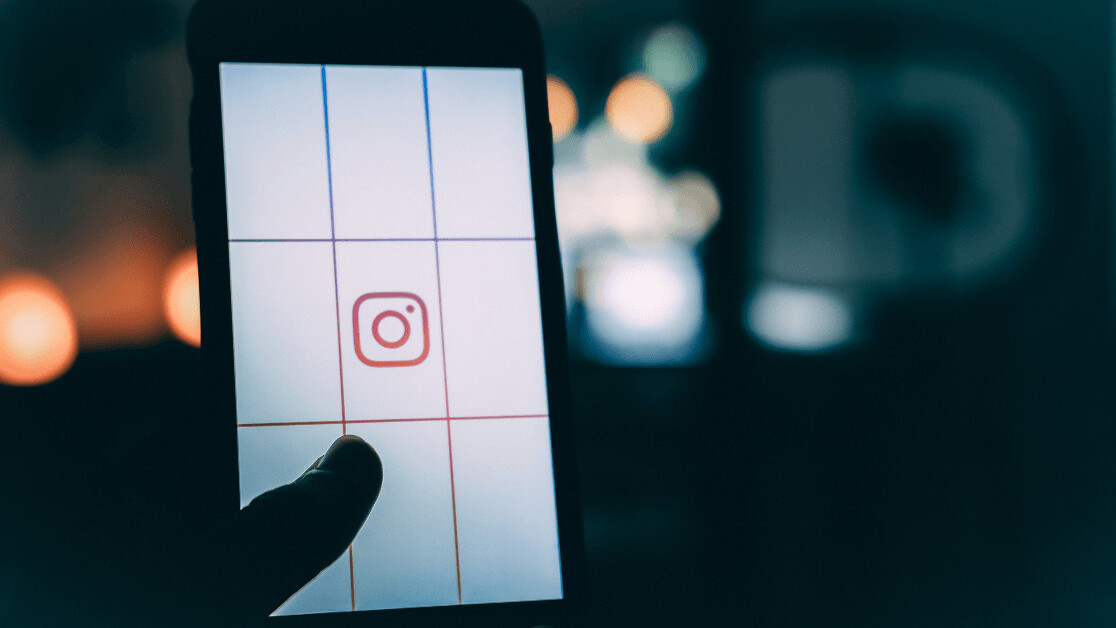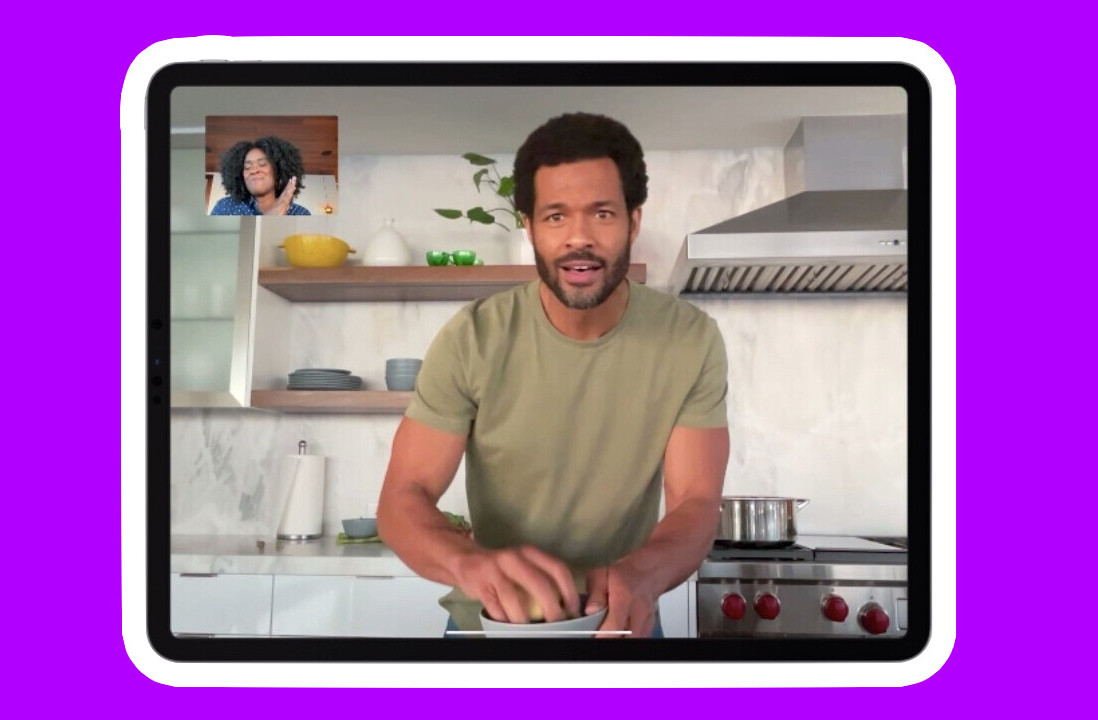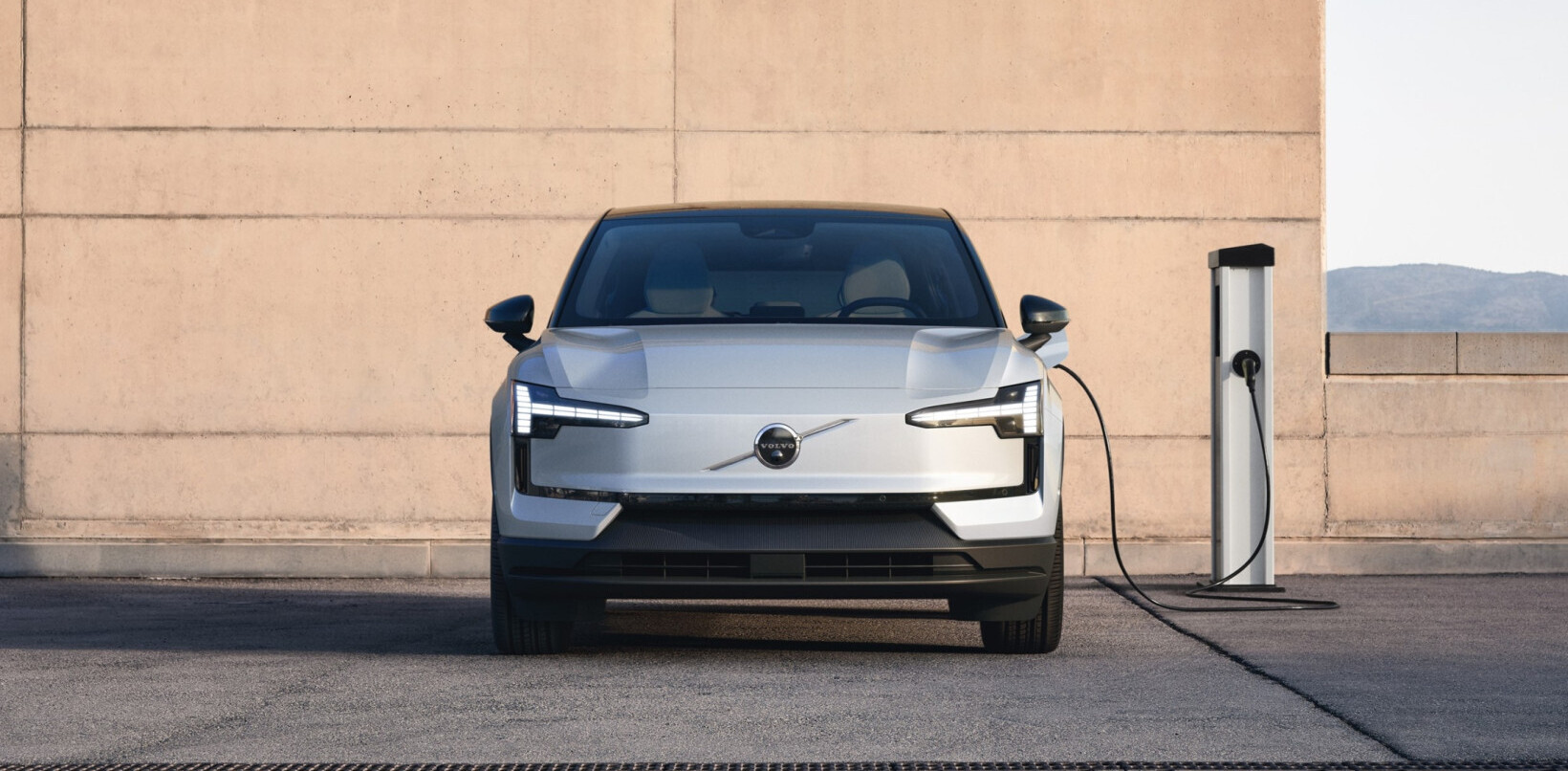
When you look at Instagram’s journey over the past year, it’s been nothing if not a constant evolution. From the changes it’s made to its algorithm, to the expansion of stories, to the release of shoppable media, it’s evident that the company’s ambition is to become the most interactive and engaging social platform on the web.
With that being said, if you had asked marketers this time last year what they thought of Instagram, they would’ve probably labeled it as the “brand builder” of social networks — that is, a great tool for building an audience, but lacking the necessary features to generate leads or drive substantial web traffic.
However, all of this changed earlier this year when Instagram released its most game-changing feature for ecommerce brands to date: shoppable posts.
The release of shoppable posts has now afforded ecommerce companies the luxury of tagging products within an individual image, so that users can tap a product and be sent straight to the “add to cart” section on the ecommerce site. It seems that the days of “shop via link in bio” might soon be a thing of the past…
Though adding shopping tags to your Instagram posts is an exciting concept, it isn’t as simple as just clicking a button. In order to be eligible for shoppable media, you must first meet the criteria listed below:
- Have the latest version of the Instagram app
- First make sure you have a business profile on Instagram
- Are an admin on a page or business manager account
- Have a product catalog associated with a shop on Facebook
- Sell physical goods and comply with Instagram’s merchant agreement and commerce policies
But it’s not over when you tick these boxes either. As a small ecommerce business looking to drive revenue through shoppable posts, there are a number of other factors you must take into account to truly succeed. So, here are my top five tips to set you up for success on the platform:
Create great content
This might sound like an obvious one, but the first step to turning your Instagram into a revenue generator is to create content that your followers love.
This means analyzing what type of content has previously done well on your feed, and then producing more high-quality, HD content just like it.
Posting images that are consistently high-resolution will give your feed that crisp and professional look that is needed to make you stand out among your competitors.
Vans is a great example of a company that does just that. It’s clear that the company’s photos were taken by a professional, and that time and effort went into editing them as well. As such, if you want to produce content of a similar caliber, consider hiring a part-time photographer/editor.
This will provide you not only with a large backlog of content that you can save for future posts, but also photos and videos of the highest quality.
Experiment with influencer marketing
Influencer marketing isn’t a great fit for every brand, and there are a number of things you must consider if you want to do it right. If you think it might work for you, your best bet for driving revenue through shoppable posts is to work with some micro-influencers who operate in your industry. Micro-influencers will help you reach smaller, targeted audiences, which will more likely convert to sales. Here’s a great example of a watch brand doing just that.
As influencer marketing continues to grow in popularity, it’s bound to become more critical to the success of your company’s shoppable posts.
Earlier this year, the Association of National Advertisers surveyed 158 brands to examine the state of influencer marketing, and found that 75 percent of them already used influencers. Of those that did use influencers, 43 percent were planning to increase budgets in the coming year; of those that didn’t, 19 percent planned to make it a part of their marketing strategies in the coming 12 months.
Research, and use the most optimized hashtags
When you’re a small brand starting out on Instagram, getting that initial traction can be the most frustrating part. The best way to get over this hump is by cracking the code to feature on Instagram’s Explore page — where users are exposed to diverse posts and accounts based on who they follow and what they like — as often as possible.
You can do this by using and engaging with the most optimized hashtags within your community. For instance, if you’re selling watches, using niche hashtags such as #watchfam, #wristlove, #watchesofinstagram, and #watchaddict could be the key to getting your content on the much sought-after Explore page.
A number of apps like Top Tags or Leetags can help you decide which hashtags that you should be using. The ultimate goal is to optimize your hashtags for optimum exposure, much like Bed Bath & Beyond does here.
Make your product-oriented posts shoppable
Assuming you’ve met the criteria to be eligible for shoppable posts described above, it’s finally time to tag your products and actually make your feed shoppable.
Tagging your products will allow users to tap the image, then tap the description, and be sent straight to the “add to cart” section on your website. Instagram has laid out a detailed guide on how to do it here.
Although a feature like shoppable may seem exciting, it’s crucial that you don’t overload your audience with product-focused posts.
A good rule of thumb when it comes to product shots is that they account for about 40-50 percent of your posts every two weeks.
Some brands that are killing it when it comes to shoppable posts are Gap and Glossier. Their feeds can provide great examples of how you can best strike a balance between shoppable and other styles of content.
Turn existing Instagram posts into ads
Once you’ve gotten the hang of optimizing your Instagram from an organic standpoint, you can start considering whether or not you’d also like to allocate some budget for paid advertising.
Previously, the only way you could run a paid ad on an organic post was through the “promote” button. Now, however, Instagram has released a feature allowing brands to turn their existing Instagram posts into ads within Power Editor and Ads Manager.
This new development is a huge deal considering that one of the trickiest things about running ads is choosing creative that you think will perform well from a click-through perspective.
For small brands that want to run ads and convert more customers, this generally requires you to see what has already performed well to make the decision-making process much easier.
With the new feature, it’s much easier to run tests with a small budget. Once you figure out a formula that works for you, it can be a very sustainable way to grow your sales.
Using these five tips, you can quickly and easily set yourself and your ecommerce business up for success on Instagram. But there are numerous other features and functionalities you can trial to make your business stand out on the platform as well, such as finding your voice on stories, testing our Instagram Live, and even creating more long form content on IGTV.
With all of that in mind, there’s no doubt Instagram is much more than a brand builder — it’s a true revenue-generating machine.
Get the TNW newsletter
Get the most important tech news in your inbox each week.





